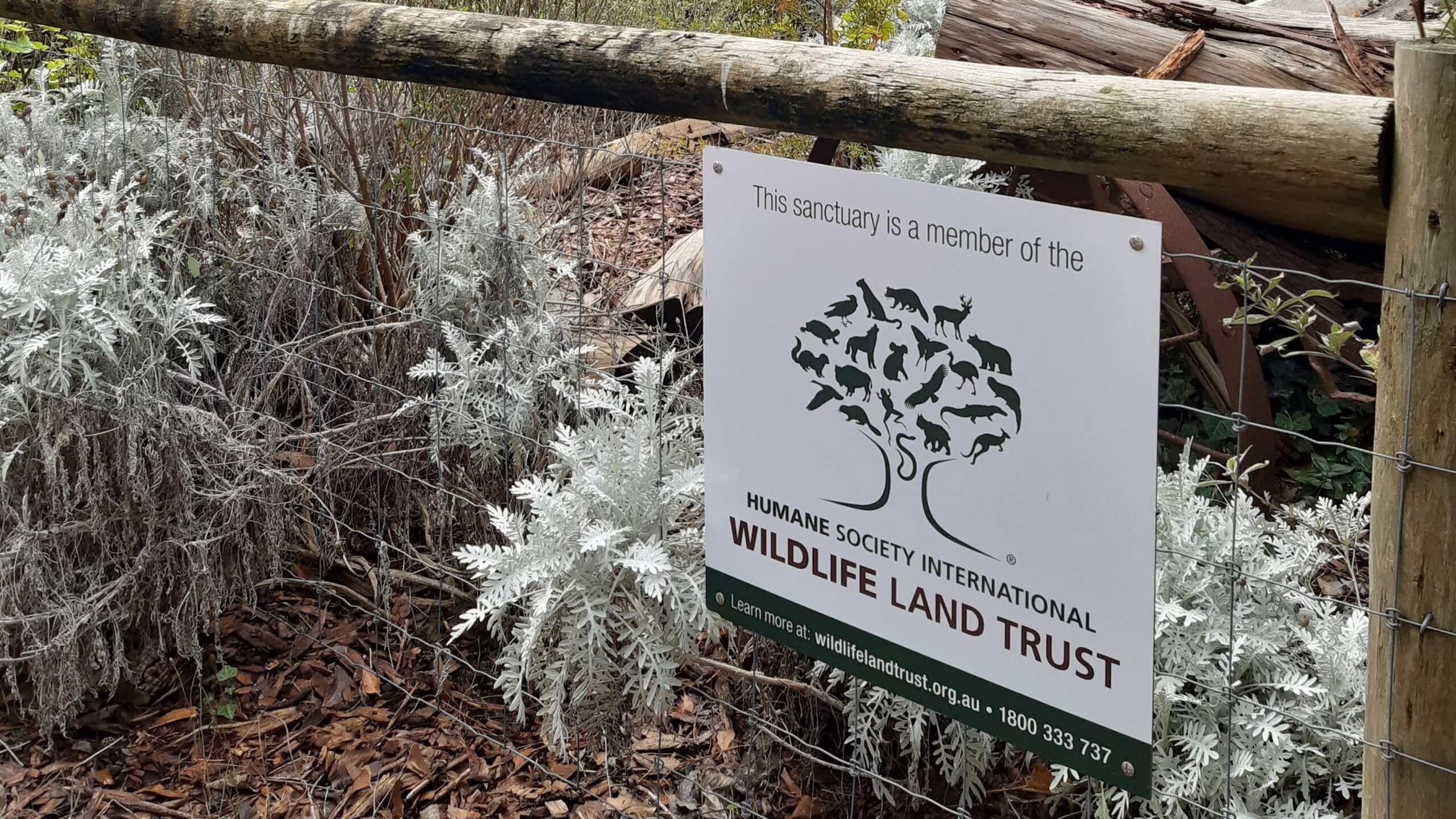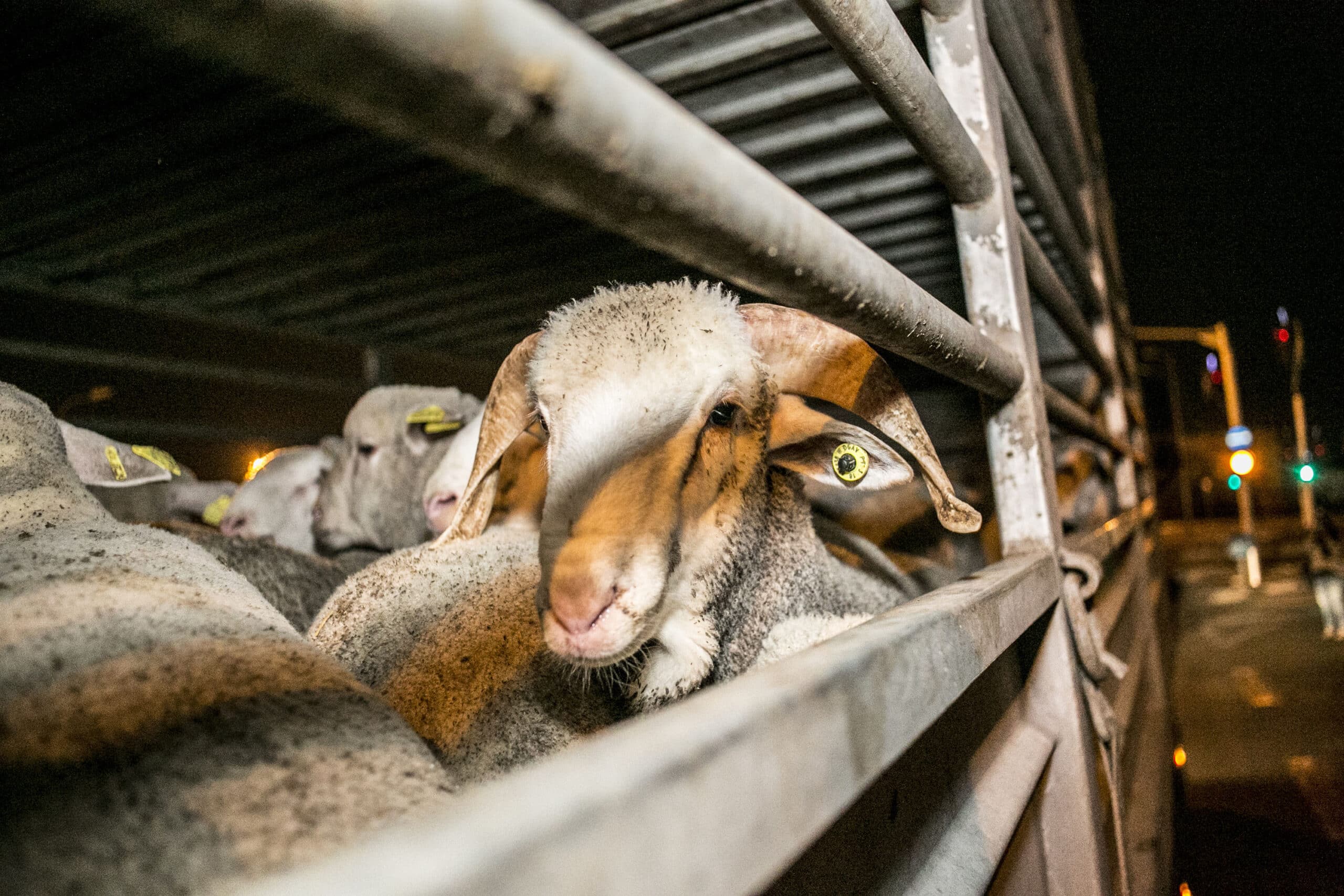A significant threat Australian wildlife is currently facing is habitat loss and degradation. Habitat fragmentation can be caused by human activities such as urban development, agriculture, deforestation and the building of new infrastructure. Disconnecting habitats can create barriers for wildlife, limiting their ability to move freely within their environment and...
The NSW shark nets pose significant risk of local extinction to Endangered leatherback turtles, and are unable to reduce the impact on other threatened species, according to documents obtained under the Government Information (Public Access) Act 2009 (GIPA Act) by a group of wildlife organisations, including Humane Society International (HSI) Australia and the Australian Marine Conservation Society (AMCS).
The documents reveal that the loss of only two leatherback turtles in the Shark Meshing Program significantly risks a local* extinction, according to a recent analysis commissioned by the NSW Department of Primary Industries (DPI).
Currently, NSW’s Shark Meshing Program (SMP) uses “trigger points” to indicate how many individuals of a threatened species can be caught in the nets before a management response is required, which typically only involves drafting a report. The current method to determine trigger points is based on previous annual catch averages, meaning that as catch increases, so do the trigger points.
The annual trigger point for the most recent NSW shark net season (which ended on 30 April) for Endangered leatherback turtles was 5.9 and the trigger point for Critically Endangered grey nurse sharks was 24.7. Across the season, 11 leatherback turtles and 14 grey nurse sharks were caught, meaning there is no consequence for the deaths of grey nurse sharks, and merely a report for the leatherback turtles. Scientists consider the loss of one breeding grey nurse shark to be significant.
The wildlife organisations are concerned that the increasing trigger points and minimal management response are failing to prevent negative impacts on these endangered species.
Lawrence Chlebeck, Marine Biologist at HSI Australia, said: “Not only are these trigger limits woefully inadequate from a conservation standpoint, they also ignore the fact we should not tolerate the loss of even a single individual of these seriously imperilled species.
“Leatherback turtle catch is now regularly tripping trigger points with no consequence other than documenting these unnecessary deaths in a report, while the limit for Critically Endangered grey nurse sharks has grown so ludicrously high that there might as well be no limit at all.
“What is the point of having these trigger limits when there is no activity that will tangibly reduce the impact of shark nets on endangered marine life? The only way to reduce the impact of the nets is to remove them.”
Leonardo Guida, shark scientist at AMCS, said: “For around a decade now, the NSW Government has been using, modern evidence-based beach safety solutions such as drones and shark tagging that are a win-win for humans and wildlife alike, making it completely baffling why the government persists with redundant, 80-plus-year old measures such as shark nets. It’s like someone today continuing to advocate for the use of the 80-year-old pest control ‘solution’, DDT, but ignoring the strong evidence for the harm it causes.”
Andre Borell, Founder of The Envoy Foundation said: “It’s quite scary to think that we are pushing critically endangered species like the grey nurse shark and the leatherback turtle to the brink of extinction, and that we are doing it with taxpayer funds as part of a Government run program. We do a lot of GIPA applications in this space and it’s clear from the communications between DCCEEW and DPI behind closed doors that they know the harm and the risk these programs cause, what we are missing is some action.”
Hannah Tait, CEO at Action for Dolphins (AFD) said: “Many protected animals are being indiscriminately harmed by a Government sanctioned program. The current shark net program, with its inadequate trigger points and lack of effective response, is outdated and ineffective. New South Wales already has effective, non-lethal alternatives widely implemented across New South Wales’ coastline. It’s time for the Minns Government to embrace these evidence-based measures already in use and permanently remove shark nets.”
This group of wildlife organisations submitted Government Information Public Access (GIPA) requests this year to obtain documents that revealed the NSW DPI (who manage the Shark Meshing Program), and the NSW Department of Environment (who advise the DPI on the trigger points), both agree the trigger point system must be improved.
Documents obtained also showed the NSW Threatened Species Scientific Committee expressed that ending the use of shark nets would likely achieve a better result to reduce the risk of shark bite and the impact on marine wildlife.
NSW’s Shark Meshing Program sees nets installed on beaches from Newcastle to Wollongong, every September through April. Every beach where a net is installed already has alternative shark safety measures in place such as SMART (Shark-Management-Alert-In-Real Time) drumlines, alert systems and drone surveillance.
HSI Australia, AMCS, The Envoy Foundation and AFD are calling on the NSW Government to remove the nets and rely on the modern, non-lethal protection programs that the NSW DPI has spent the last decade developing, which are already available and in place across our beaches.
The wildlife conservation organisations are encouraging NSW residents to take action at sharkchampions.org.au/nswnetsout
ENDS
Media contact: Hannah Clayton on 0434 269 048 or hclayton@hsi.org.au
Copies of the GIPA documents are available upon request.
Images of leatherback turtles and grey nurse sharks are available for download here.
*A local extinction refers to the extirpation of the species in this part of the world – the South Pacific – as opposed to a global extinction.
Humane Society International (HSI) is the world’s largest animal protection organisation and HSI Australia established our office in 1994. We work to create a humane and sustainable world for animals advocating across wildlife conservation and animal welfare policy areas.


